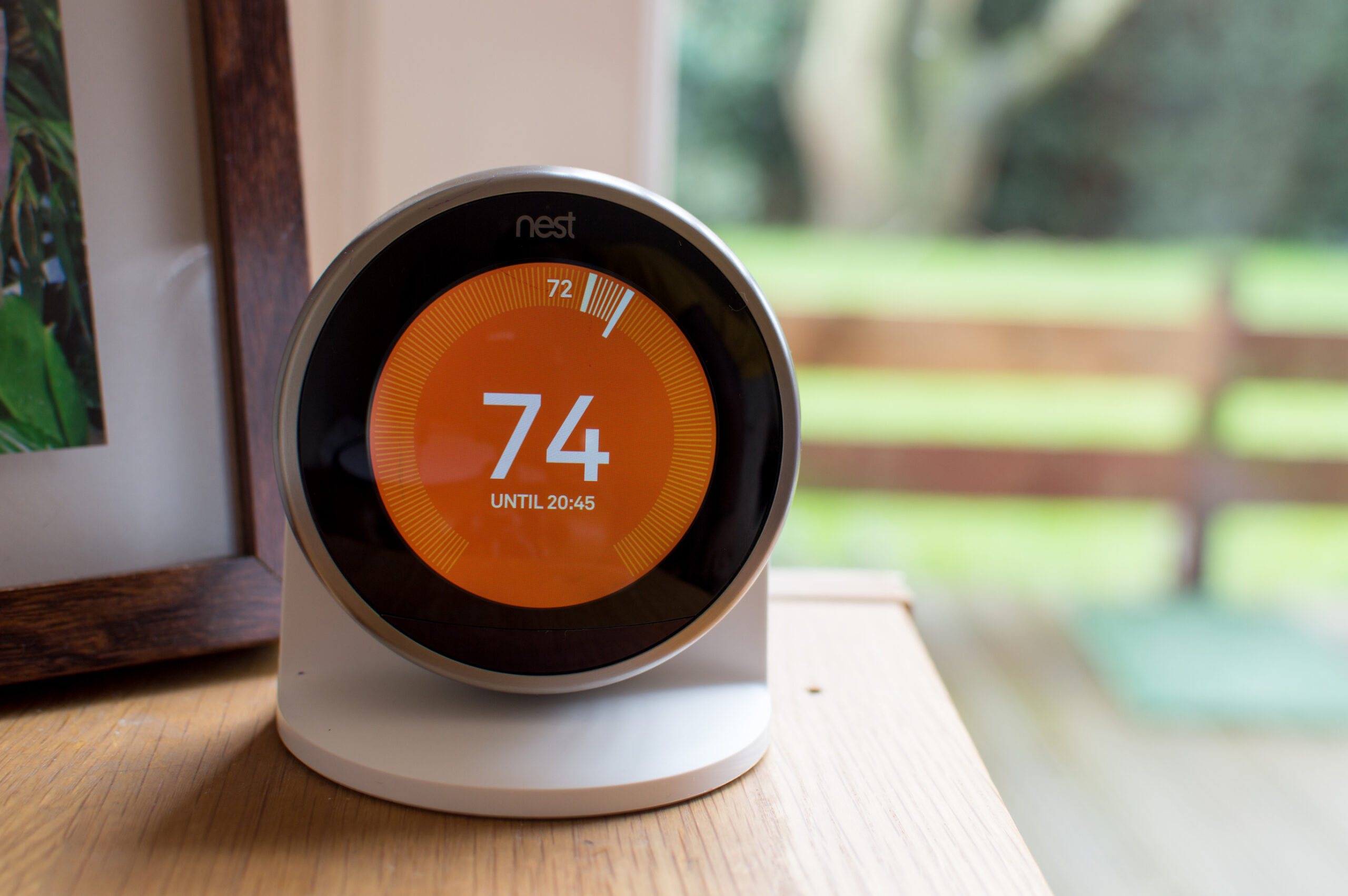Thermostats enable you to have better control of your energy consumption. They stop the HVAC system whenever the room reaches the temperature set by the user. Without these devices, it would be quite hard to know when it’s time to turn the HVAC on or off. We would probably not only overheat our home but also overspend on heating. And the same would happen with the cooling system. If set properly, your thermostat will be a useful, comfortable, and energy-saving tool.
Thermostat DO’s
As the weather outside gets colder, you will probably start fiddling with your thermostat more to try and keep your home warm and toasty. Before you start cranking up the heat though, you’ll want to learn about some thermostat tips that can help you save on heating costs this winter. Regardless of the season, setting your thermostat correctly can cut down energy usage as well as your energy bills.
On many weekdays you will probably be away from home; there’s not much point in wasting energy to make your home super warm. At night, you’ll be in bed, so there’s also not much point in using a lot of energy in heating your home late at night.

A programmable or a smart thermostat differs from a regular thermostat in that it will learn your schedule and preferred heat settings. It’s a lot more convenient than having to change the settings on your thermostat every time you come home from work or every time you get up in the morning. The Environmental Protection Agency’s Energy Star Program found that programmable thermostats can save you up to $180 a year on heating and cooling.
When you clean your home, it’s likely that you don’t even realize that your thermostat is also something that needs to be cleaned. Did you know that running a dirty thermostat can increase your energy bill by as much as 7%? Fortunately, cleaning your thermostat is as simple as taking off the cover and using compressed air to clean between contact points.
It’s important to note that if you’re not sure of how to do it, it’s best to hire a specialist, which will prevent you from breaking your thermostat. Also, note that cleaning your thermostat only applies to regular thermostats. Smart thermostats don’t need to be cleaned.
Turning up the thermostat will certainly make your home warm; it’ll also quickly make your energy bill quite expensive. In the winter, find out what is the lowest temperature you can set your thermostat to, while still feeling comfortable. The Department of Energy states that people should set their thermostats to 68 degrees F. This is the optimal temperature for keeping a home comfortable. The DOE also informs us that a home’s thermostat should be turned down below 68 degrees to sleep. If you layer up during your waking hours, you’ll hardly feel any difference at all.
Balancing energy savings and comfort isn’t always easy, but it’s crucial to guarantee that you feel comfortable, safe, and healthy at home. It isn’t exactly smart to turn the thermostat off and then
DON’T’S
It can be tempting to turn up your thermostat after you’ve been outside in the cold, but doing that doesn’t heat up your home any faster. The same principle applies to turning down your thermostat to super-low temperatures in the summer to cool your home faster. By setting your thermostat to extreme temperatures, you’ll be consuming more energy since your furnace or air conditioner would be running longer than if they were only trying to heat or cool your home to moderate temperatures.
Constantly adjusting your thermostat will lead to your furnace and air conditioner running inefficiently. To use energy as efficiently as possible, you should run your thermostat settings for around 8 hours or longer. In addition to energy inefficiency, frequently changing your thermostat settings will also add a lot of wear and tear to your thermostat, furnace, and air conditioner.
Thermostats measure the temperature of a room using air sensors or floor sensors. If you install them in very cold or very warm rooms, likely, your thermostat will inaccurately read the true temperature of your home. Thus, you’d potentially be using more energy to heat or cool your home than necessary. When installing a thermostat, make sure to position it away from direct sunlight, any windows, and away from heat sources such as lamps or ovens. In addition to this, installing your thermostat around 5 feet above the ground can help ensure that your thermostat will accurately read the temperature of your home.
Schneider Heating & Air Conditioning is the leader in heating, cooling, ventilation, and air quality products and services in the La Crosse area. We have been serving the Coulee Region for more than 80 years. Our technicians are highly and continually trained utilizing the most sophisticated HVAC (Heating, Ventilation, and Air Conditioning) technologies and equipment. All of our service technicians are NATE (North American Technician Excellence) certified—the largest non-profit certification organization that is governed, owned, operated, developed, and supported by the HVAC industry. At Schneider Heating & Air Conditioning, we pride ourselves on amazing customer service. Contact us today.
